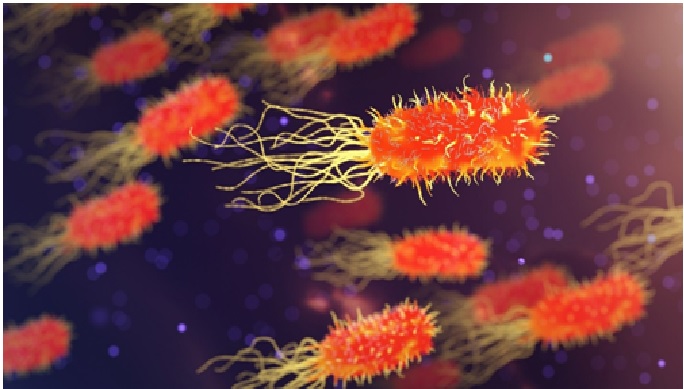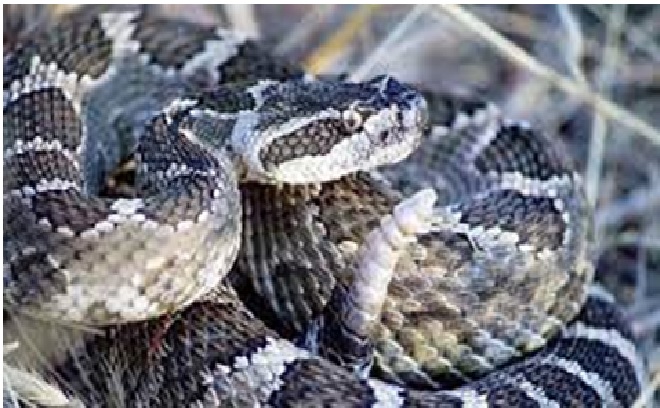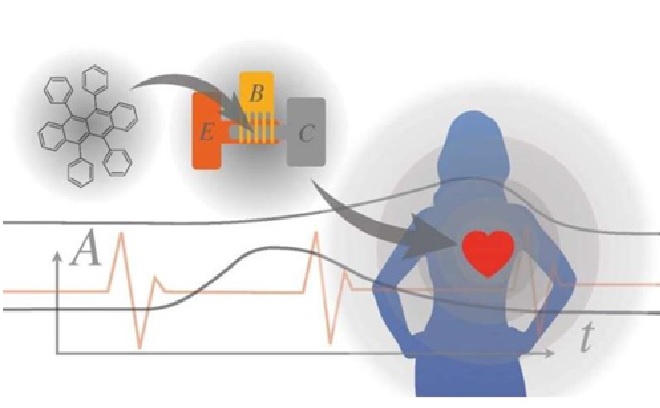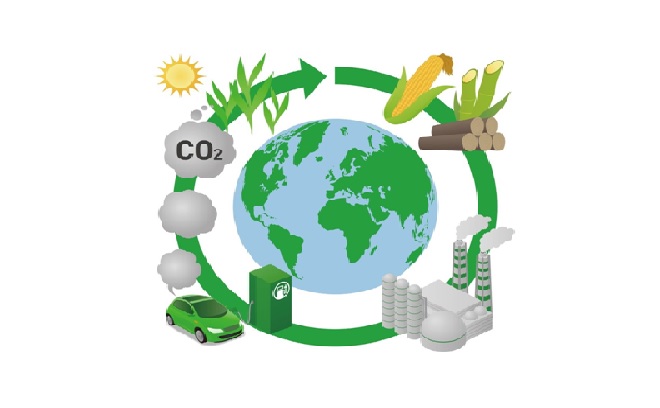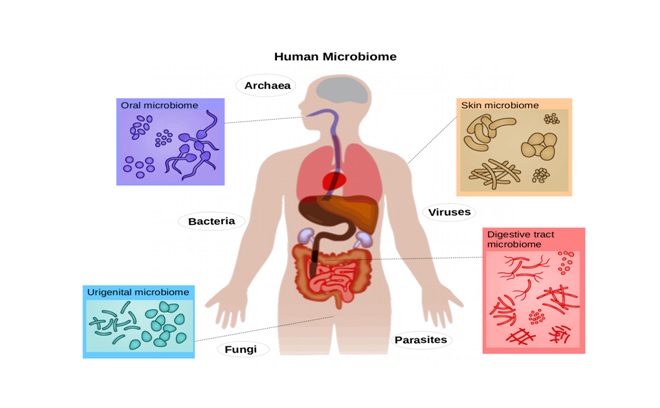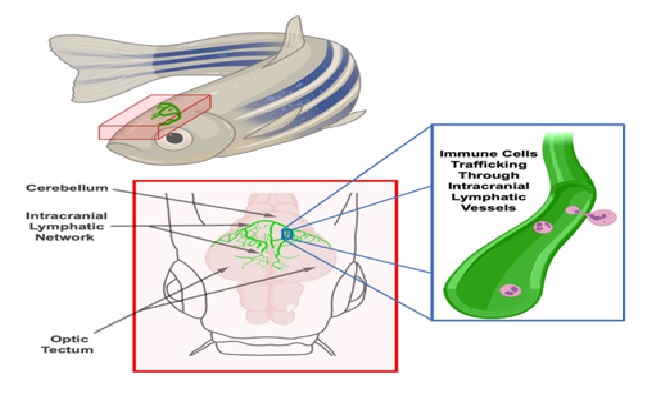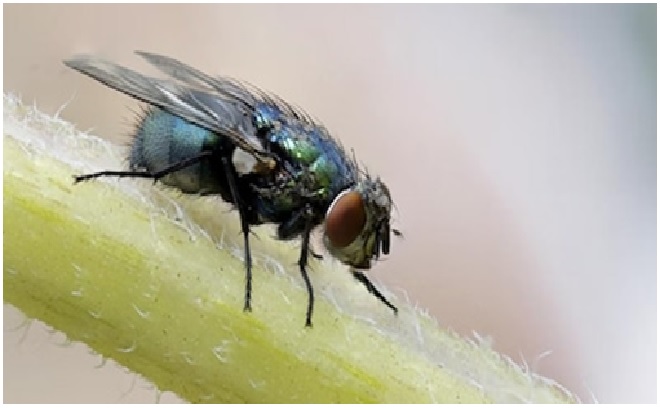Biologist Found a Way to Understand Microorganism Stress
Rice University synthetic biologists and bioengineers are preparing to interrogate some single-celled survivalists to find out how they deal with stress. Bacillus subtilis is a common soil bacterium with an outsized reputation for handling stress.
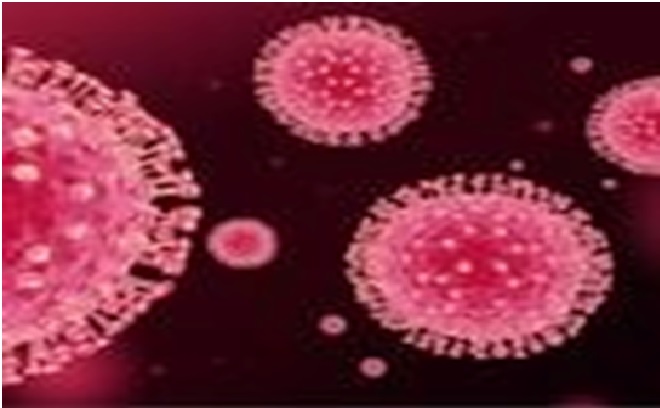
Figure 1: understanding microorganism stress.
Figure 1 shows that artificial biologists in the laboratory of Rice bioengineer Jeff Tabor are preparing to shine a lot of light on B. subtilis' stressed-out decision making. Tabor's group has spent more than a decade developing optogenetic tools to turn bacterial genes on and off with light.
A new $1.3 million grant from the National Science Foundation will allow Tabor's team to use its tools in collaboration with the lab of computational bioengineer Oleg Igoshin to decode B. subtilis' genetic response to stress.
Tabor's lab has developed a suite of tools to control and study genetic circuits, and it has developed methods for programming cells to sense and respond to stimuli that have applications in medicine, biotechnology, defense and basic science. [1]
Life is controlled by DNA-based circuits that use protein production in much the same way that electronic circuits use voltage. Just as the voltage output from an electronic circuit can be switched on or off, or dialed up or down, so too can the protein production from a genetic circuit.
In the new project, Tabor’s lab will use optogenetics to decode the activity of key regulatory proteins called transcription factors in two B. subtilis stress-response networks, showing how the “flow” of proteins through genetic circuits in the networks vary over time. [2]
Tabor’s experimental results will be combined with Igoshin’s theoretical and computational findings. Igoshin, a co-principal investigator on the grant, is a theorist and computational systems biologist who has modeled and studied B. subtilis’ stress-response networks for years. In previous studies, Igoshin and colleagues have shown how the networks filter signal noise, use DNA replication as a timing mechanism and employ physiological cues as triggers.
“This research will reveal clues about how these pathways operate and give new insights into how bacteria survive stress,” said Igoshin, a professor of bioengineering and a senior scientist at Rice's Center for Theoretical Biological Physics. “We also hope to uncover genetic design principles that help us better understand similar decision circuits in pathogenic bacteria.” [3]
References:
- https://www.news-medical.net/news/20220523/Synthetic-biologists-interrogate-single-celled-survivalists-to-understand-stress-response.aspx
- https://currentsciencedaily.com/stories/626443269-rice-bioengineers-are-shining-light-on-bacterial-stress
- https://news.rice.edu/news/2022/rice-bioengineers-are-shining-light-bacterial-stress
Cite this article:
Sri Vasagi K (2022), Biologist Found a Way to Understand Microorganism Stress, AnaTechMaz, pp.55



